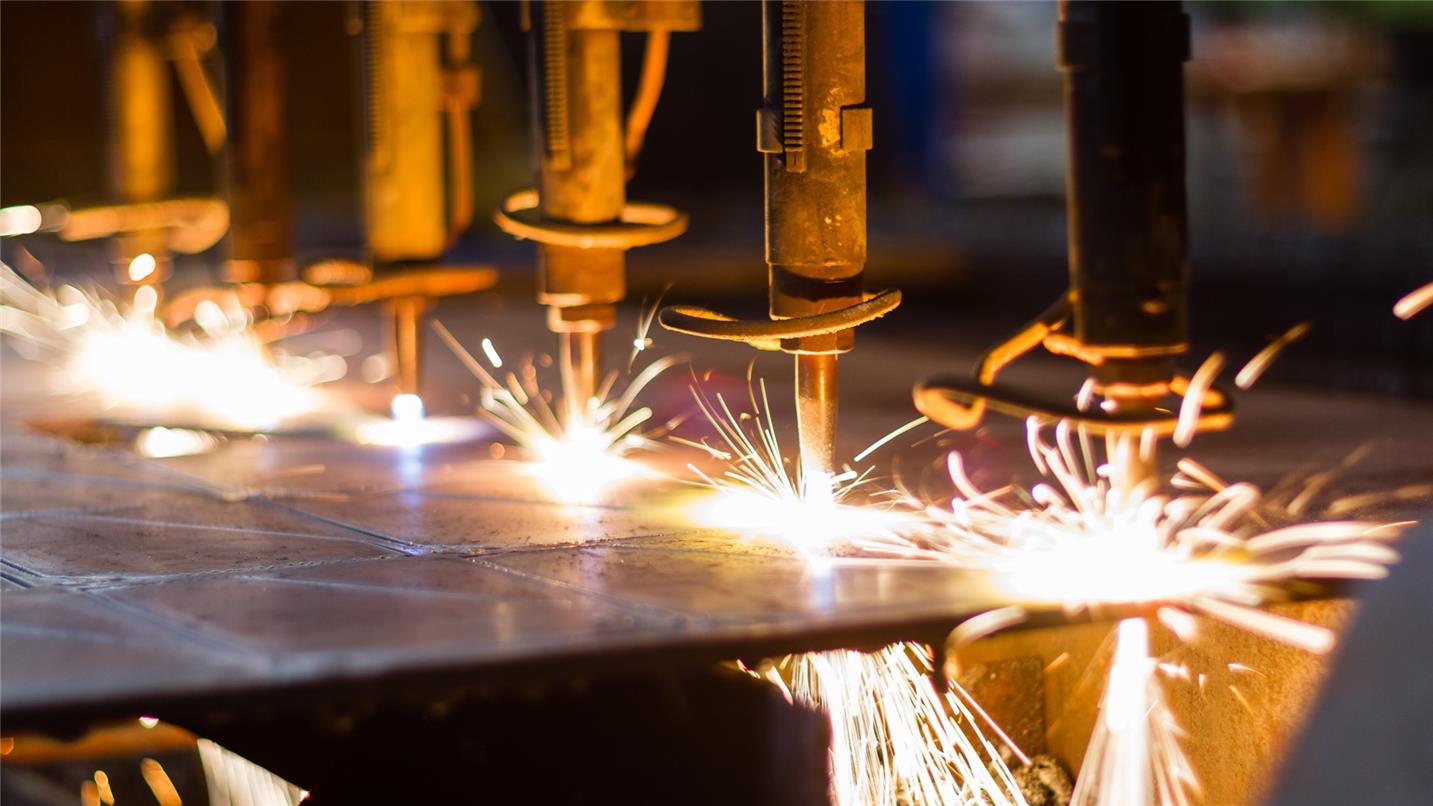Landfill gas powers next-door steelworks
To maximise renewable power from landfill gas for local steelmaking
Converting landfill gas into ‘green electricity’
Methane gas from the landfill is extracted via a pipe network and fed to a reciprocating gas engine, which then powers a generator. By converting the gas into electricity, this system both avoids the greenhouse gas emissions from methane and also those that would arise from burning fossil fuels to generate power. It is accredited by Ofgem as a renewable energy generation scheme.
One of the project’s main challenges was ensuring that the generation scheme met the tight electrical controls required by the steelworks’ power network. By working closely together, the partners delivered the scheme within a rapid time frame. Steelmaking powered by this ‘green energy’ began in 2011 and should continue beyond 2021.
Supplying renewable electricity via a private connection over a short distance has several advantages compared with using the national distribution grid:
- Energy lost in transmission is minimised.
- Infrastructure costs are lower.
- The cost of energy to the industrial user can be halved.
Other SUEZ landfill sites have supplied energy directly to neighbouring industrial/manufacturing processes. Where this is not possible, landfill gas is converted to electricity and distributed via the mains electricity grid to homes and businesses.
